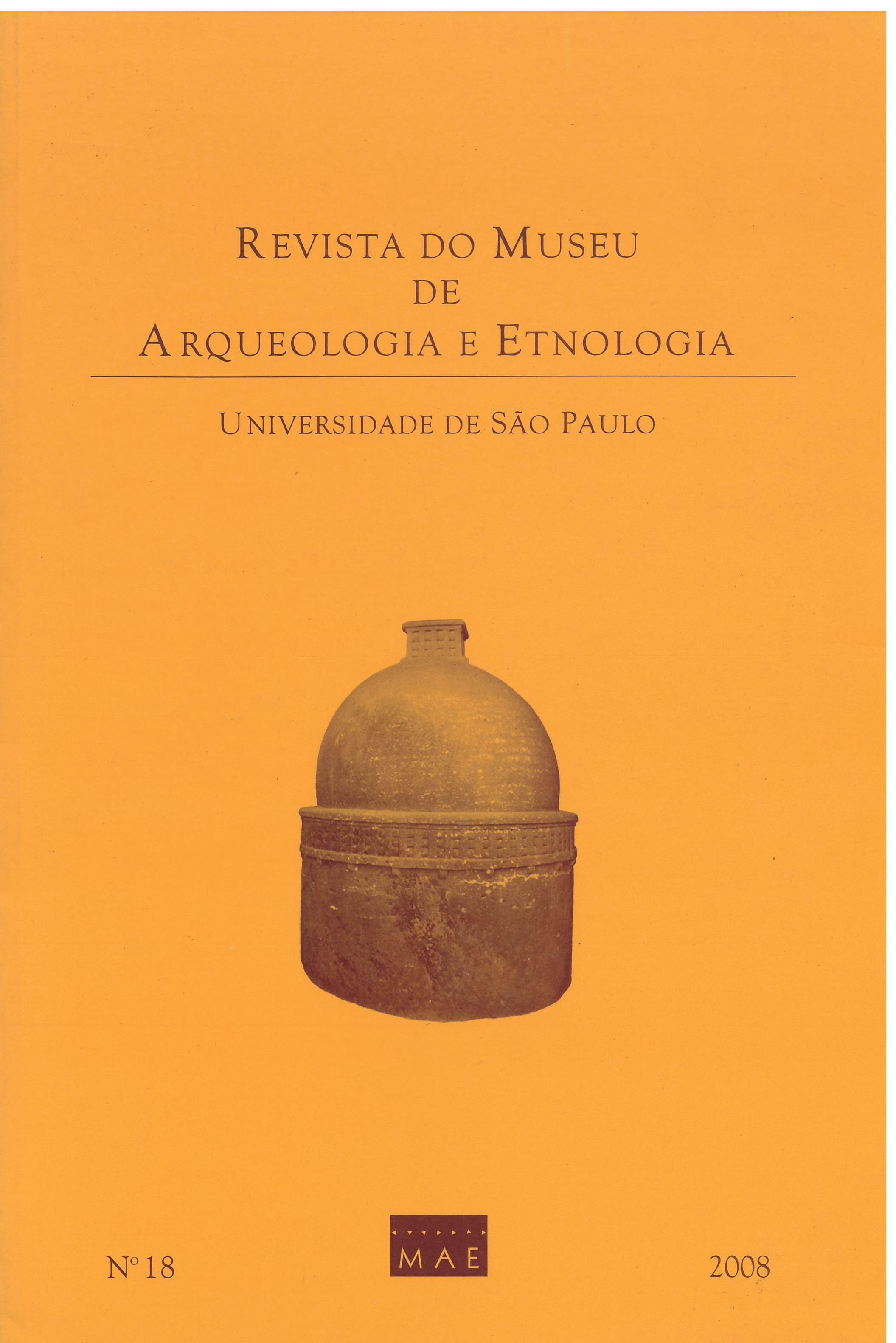‘Prestation Economy’: a model for Late Bronze Age and Early Iron Age burial deposition in Central-Western Europe
DOI:
https://doi.org/10.11606/issn.2448-1750.revmae.2008.89833Keywords:
Gift-giving, European Iron Age, Ritualisation, Political Economy, Burials, Grave-goodsAbstract
Since the 1970’s, rich burials like those of Vix and Hochdorf have been analysed as the icons of a pan-regional phenomenon – the emergence of traditional states, which is largely underpinned by the impact of their interaction with Mediterranean societies. However, during the last two decades, there has been significant criticism of such an interpretative model. In the core of such a debate, this paper argues that the archaeological record provides evidence that ritual deposits (likewise and alongside other forms of gift-giving) constituted a significant part of what I name as ‘prestation economy’. In order to demonstrate that, this paper analyses the burials and their grave-goods from the regions of four Fürstensitze, namely: Bourges, Châtillon-sur-Glâne, Mont Lassois, and Hohenasperg.Downloads
Download data is not yet available.
Downloads
Published
2008-12-09
Issue
Section
Articles
License
Copyright (c) 2008 Adriene Baron Tacla

This work is licensed under a Creative Commons Attribution-NonCommercial-NoDerivatives 4.0 International License.
How to Cite
TACLA, Adriene Baron. ‘Prestation Economy’: a model for Late Bronze Age and Early Iron Age burial deposition in Central-Western Europe. Revista do Museu de Arqueologia e Etnologia, São Paulo, Brasil, n. 18, p. 133–153, 2008. DOI: 10.11606/issn.2448-1750.revmae.2008.89833. Disponível em: https://www.journals.usp.br/revmae/article/view/89833.. Acesso em: 14 may. 2024.













